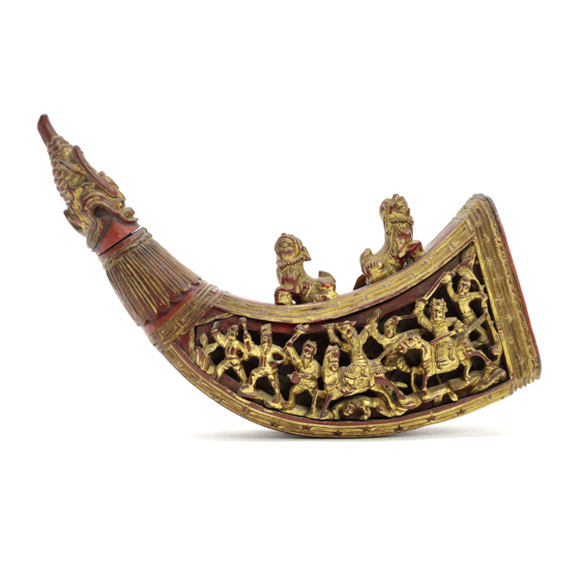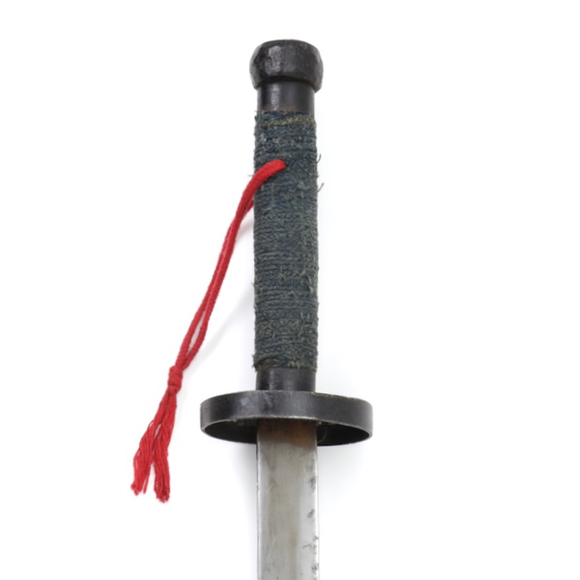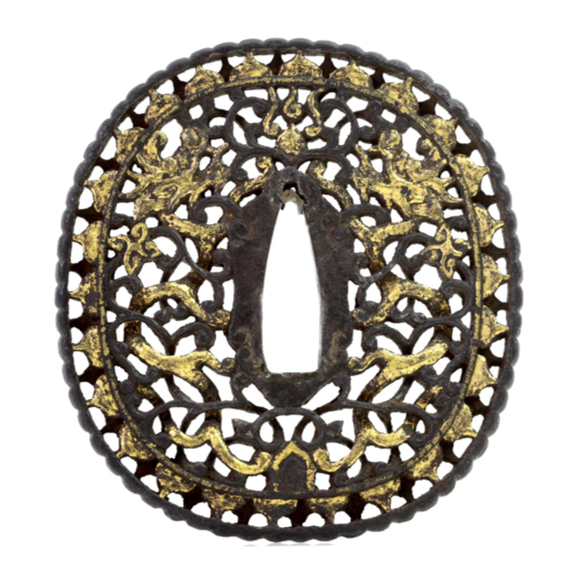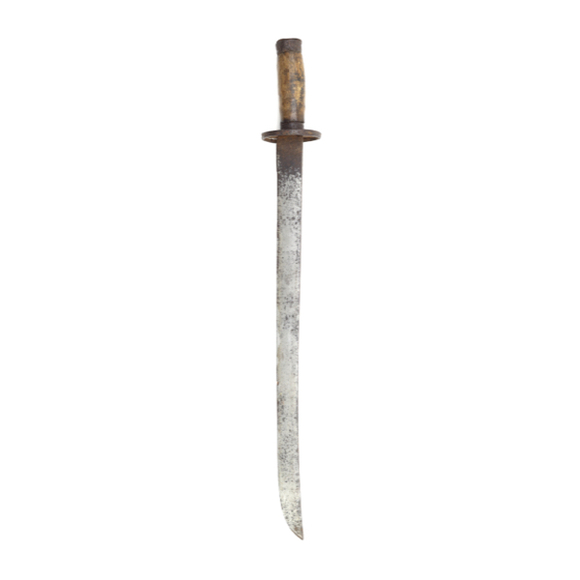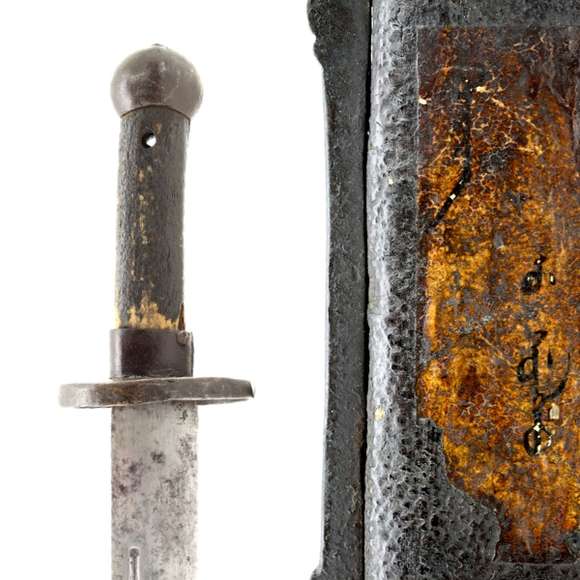Language: Mandarin Chinese
Source: Classical literature
Description
Dāo tūnkǒu (刀吞口) literally means "saber swallowing mouth".1 It is a collar piece that helps secure the guard and ensures a tight fit in the scabbard. In some cases, the outline of the tūnkǒu is chiseled from the base of the blade itself.
Unlike the Japanese habaki which serves a similar function, the Chinese tūnkǒu derived off the sabers used by people of the steppe. The feature was probably introduced into China by the Mongols.2
For a complete overview of saber parts, see: A Chinese saber glossary.

One of the earliest known examples of such a collar on a Eurasian steppe saber, 10th-13th century.
Metropolitan Museum accession number 2000.609.


A tūnkǒu on a Chinese saber.
 A tūnkǒu on a 17th century saber that is chiseled from the base of the blade.
A tūnkǒu on a 17th century saber that is chiseled from the base of the blade.
References
1. Tongwen Guanghui Quanshu (同文廣彙全書) or "Enlarged and complete dictionary" of 1702. A Qing imperial dictionary in Chinese and Manchu, each entry double checked and approved by the Kangxi emperor.
2. Philip M.W. Tom; Some notable sabers of the Qing dynasty in the Metropolitan Museum of Arts. Metropolitan Museum Journal 36, 2001.


